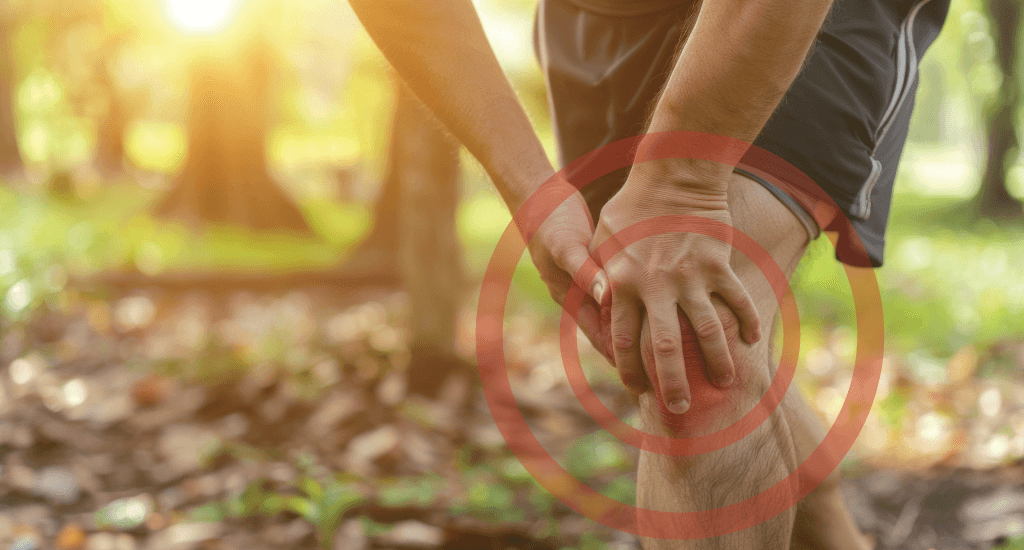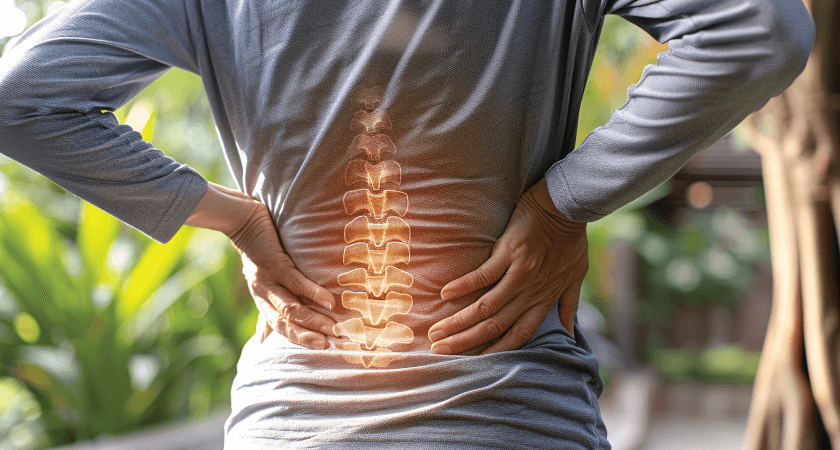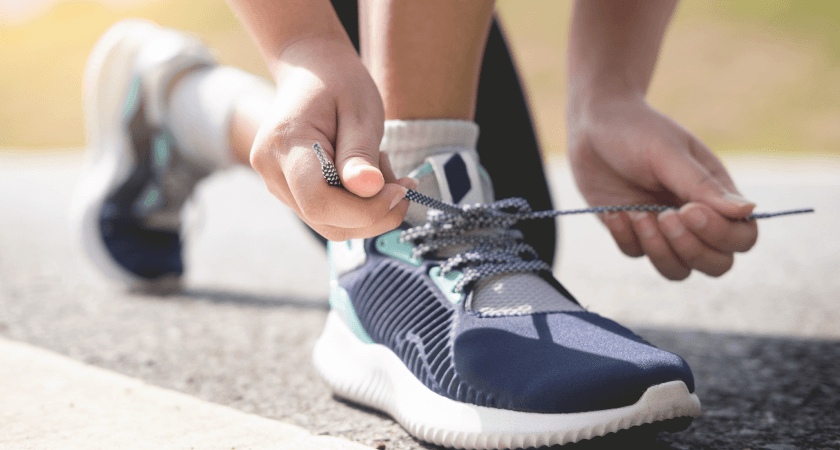
How Chiropractic Can Prevent Sports Injuries in Kids
Being sidelined by a sports injury can be frustrating for both parents and kids. Learn how chiropractic care can treat and help to prevent sports injuries – in adults and kids alike.

You’ve committed to your health. You’re working out, becoming more active, hitting that step goal. You’re feeling stronger and moving better. But even though you’re sleeping better, and your mood has definitely improved (not to mention your pants are a little looser) there’s one area of your body that doesn’t seem to be responding as well to all this activity.
The rest of your body feels great but suddenly a joint hurts. What gives?
Overuse injuries often take us by surprise. They tend to happen when we’ve either just begun improving our health and increasing our activity – a time when we’re feeling better all around – or when we’re not so active (i.e. when we aren’t protecting our joints as well, or our poor posture or repetitive habits start to add up.)
If you’re experiencing joint pain – especially soreness, aching, or stiffness – that isn’t the result of an acute injury, it could be an overuse injury.
Learn what they are, why they happen, what symptoms you may experience, and how to find relief.
Overuse injuries are microtraumas – small injuries – to a bone, muscle, tendon, or ligament. Overuse injuries can be:
Unlike an acute injury like a dislocation or fracture, overuse injuries happen gradually through repetitive use of the same parts of the body.
Common causes of overuse injuries include:
Here’s how to tell if your joint pain may be an overuse injury.
Overuse injuries differ from simple muscle fatigue or soreness – the kind you feel after a day of yard work or starting a new sport or activity. Here is how they differ, and how to know whether you may be dealing with an overuse injury”.
As with nearly all injuries, the first symptom most people notice is pain. Pain that persists despite adequate rest is an indication that you’re dealing with an overuse injury.
Repetitive stress on the muscles, joints, and tissues can trigger your body’s inflammatory response, causing swelling, redness, or tenderness.
Overuse strains the muscles, tendons, and joints, which not only causes pain, but can reduce your flexibility and prevent your joints from moving through their full range of motion.
Tears to the muscle or irritation of the joints and tendons can make them stiff – we’re all familiar with that sensation of “tight” muscles or joints; for people with overuse injuries it may be common to experience stiff joints or muscles upon waking in the morning.
Excessive muscle or tissue strain can lead to a condition called overuse exhaustion where the muscles become weak and worn, often leading to decreased performance.

An acute injury happens suddenly – it leaves no doubt that a trauma has occurred. Maybe you twisted your ankle on a run or took a spill during a pickleball game. Slips, falls, contact injuries and car accidents are common examples of acute injuries. Here’s how acute injury symptoms differ from overuse injuries:
Overuse injuries are sometimes referred to as chronic injuries, as they can recur time and again if the injury is not fully healed or the repetitive activity is repeated without strengthening the joint or the muscles around it or improving your posture and ergonomics when performing the activity.

Given their slow progression, it’s easier to prevent overuse injuries than the unexpected and sudden events of an acute injury. These simple steps can help keep your joints healthy and prevent chronic injuries. Each one is important, but they come to the same conclusion: be gentle with your body and prioritize rest and recovery.
To help you prevent overuse injuries:
Yes – every time. Start slowly with a warmup, then gradually increase your intensity. That tip is for both every individual workout and starting a new activity. Gradual progression is a sound strategy for preventing overuse injuries. Build your intensity, duration, or load progressively to allow your body to adapt.
Cooling down after an activity (versus stopping suddenly) will gradually decrease heart rate and prevent muscle tightness, which supports muscle recovery and flexibility.
That includes being fitted for the proper athletic or running shoe or the right shoe for your activity. Braces and other durable medical equipment, like orthotics, can also help you prevent – or recover from – overuse injuries. They can also help you practice good ergonomics if, for example, your job requires you to perform repetitive motions as part of your daily routine
If your overuse injury is a result of a hobby or pastime, you may be able to take break intermittently to allow for optimum recovery. Try a low impact activity like swimming to help you build muscle while minimizing wear and tear on the joints. Building muscle and practicing mobility and flexibility training can also help support joint health, even if your job is physically demanding.
Taking time off from something we love can be hard; it can be even harder to take time to rest when we rely on our bodies to do our jobs. But noticing when you’re feeling fatigued or when pain, stiffness or tightness are setting in, is key to preventing overuse injuries. Take time to use ice or heat, to rest, and to support proper joint health and muscle recovery.
Rest is just as important as any other part of your workout. Give your body time to heal and adapt after activity so you can do more of what you love, longer, and with less pain.
Chiropractic care can support joint health and help you recover from injury – including chronic overuse injuries. Learn more about how Chiro One treats joint pain, find a clinic, or schedule an appointment.
Subscribe and get news, articles & offers sent right to your inbox each month.
"*" indicates required fields
By subscribing you are agreeing to the Terms and Conditions and Privacy Policy.